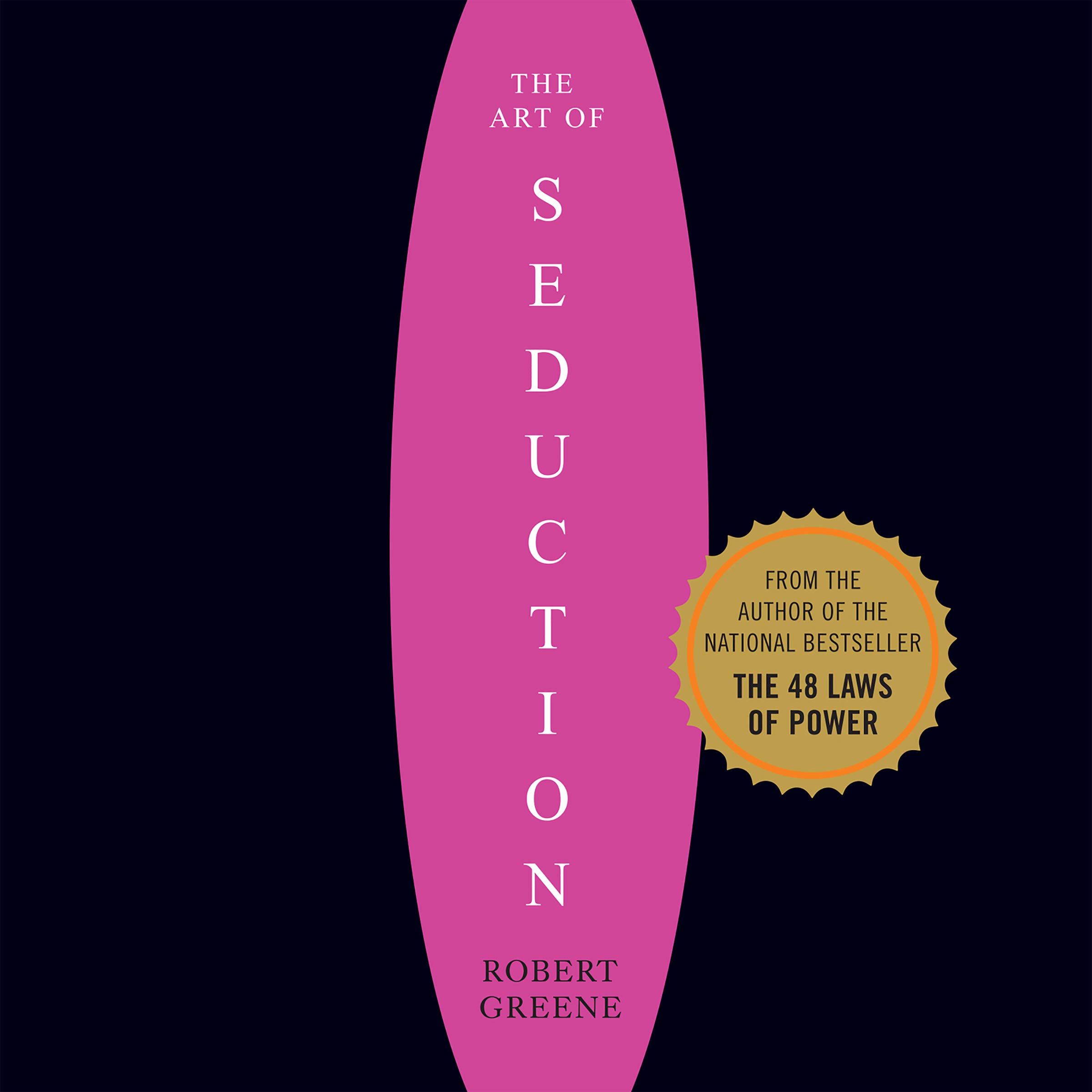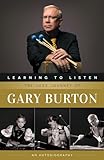All Categories


The Art of Seduction: An Indispensible Primer on the Ultimate Form of Power
Share Tweet








About The Art Of Seduction: An Indispensible Primer On
From AudioFile The author of THE 48 LAWS OF POWER gives us another tour de force on influence, this time on the mysterious process of seduction. He describes nine basic types of seducers, and each one is illustrated by marvelous examples from history and popular culture. Skillfully drawn and paced, the examples bring to life character types that will make sense to everyone from the casual listener to the serious student of this type of influence. The reading here is too dramatic for my taste, but it's a minor distraction in an otherwise captivating picture of how the skillful seducer operates. T.W. © AudioFile 2002, Portland, Maine-- Copyright © AudioFile, Portland, Maine Product Description Robert Greene's previous bestseller, The 48 Laws of Power, distilled 3,000 years of scheming into a guide People praised as "beguiling... literate... fascinating" and Kirkus denounced as "an anti-Book of Virtues."In Art of Seduction, Greene returns with a new instruction book on the most subtle, elusive, and effective form of power-because seduction isn't really about sex. It's about manipulating other people's greatest weakness: their desire for pleasure.Synthesizing the work of thinkers including Freud, Diderot, Nietzsche, and Einstein, reporting the enticing strategies of characters throughout history, The Art of Seduction is a comprehensive guide to getting what we want-any way we can. Excerpt. © Reprinted by permission. All rights reserved. Keys to the Character At first it may seem strange that a man who is clearly dishonest, disloyal, and has no interest in marriage would have any appeal to a woman. But throughout all of history, and in all cultures, this type has had a fatal effect. What the Rake offers is what society normally does not allow women: an affair of pure pleasure, an exciting brush with danger. A woman is often deeply oppressed by the role she is expected to play. She is supposed to be the tender, civilizing force in society, and to want commitment and lifelong loyalty. But often her marriages and relationships give her not romance and devotion but routine and an endlessly distracted mate. It remains an abiding female fantasy to meet a man who gives totally of himself, who lives for her, even if only for a while. This dark, repressed side of female desire found expression in the legend of Don Juan. At first the legend was a male fantasy: the adventurous knight who could have any woman he wanted. But in the seventeenth and eighteenth centuries, Don Juan slowly evolved from the masculine adventurer to a more feminized version: a man who lived only for women. This evolution came from women’s interest in the story, and was a result of their frustrated desires. Marriage for them was a form of indentured servitude; but Don Juan offered pleasure for its own sake, desire with no strings attached. For the time he crossed your path, you were all he thought about. His desire for you was so powerful that he gave you no time to think or to worry about the consequences. He would come in the night, give you an unforgettable moment, and then vanish. He might have conquered a thousand women before you, but that only made him more interesting; better to be abandoned than undesired by such a man. The great seducers do not offer the mild pleasures that society condones. They touch a person’s unconscious, those repressed desires that cry out for liberation. Do not imagine that women are the tender creatures that some people would like them to be. Like men, they are deeply attracted to the forbidden, the dangerous, even the slightly evil. (Don Juan ends by going to hell, and the word “rake” comes from “rakehell,” a man who rakes the coals of hell; the devilish component, clearly, is an important part of the fantasy) Always remember: if you are to play the Rake, you must convey a sense of risk and darkness, suggesting to your victim that she is participating in something rare and thrilling—a chance to play out her own rakish desires. To



























